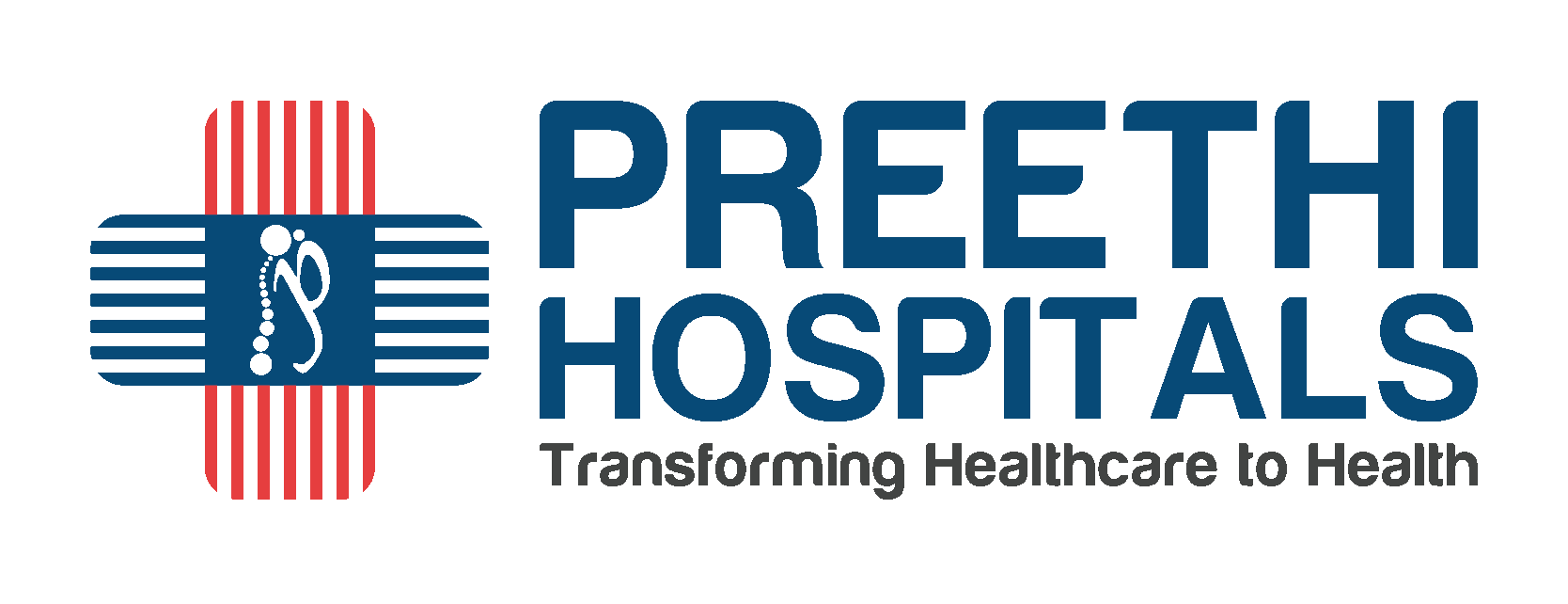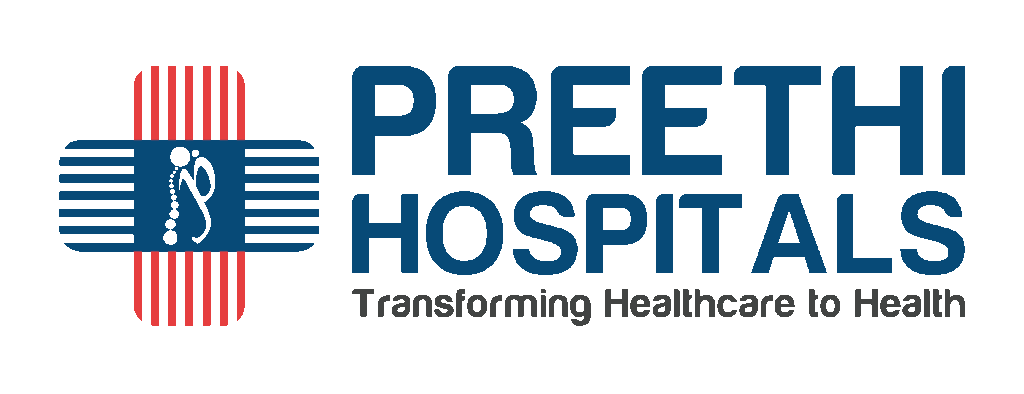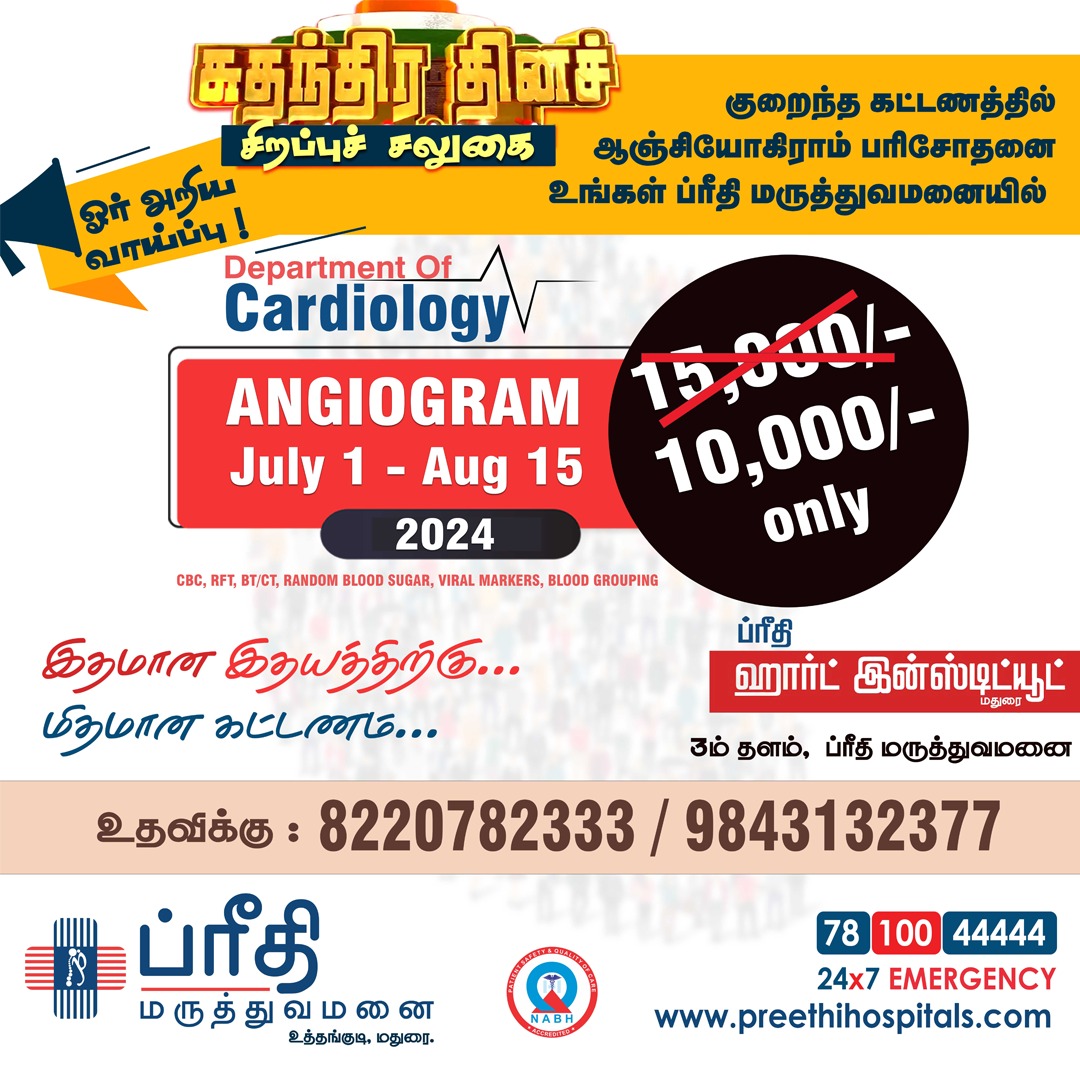PHYSIOTHERAPY
“Physiotherapy is a dynamic profession that uses a range of treatment techniques to restore movement and function within the body.”
Best Physiotherapy Services in Madurai
Physiotherapy is a dynamic profession that uses a range of treatment techniques to restore movement and function within the body. Physiotherapy aims to optimize the patient’s range of movement and function while at the same time reducing pain and recurrence. Preethi Hospital’s physiotherapy department helps patients to improve their mobility, functional capacity, and quality of life while addressing their impairments and disabilities. Every physical therapy appointment with a physical therapist lasts for 30 to 60 minutes. The initial session does take longer, though, since the therapist needs to know the patient and their requirements. They could recommend one session per week, two to three sessions per week, or both. Once more, the extent of the discomfort and the area affected will determine how long the session is required.
We offer:
- Physical treatment for sports
- Elderly patients’ physical therapy
- Physiotherapy for orthopaedic patients
- Physical therapy for children
- Physiotherapy for patients with CNS abnormalities.
- Physiotherapy for weight loss and women’s wellness.
Our team has a goal-oriented approach that includes a comprehensive approach, support, and advice. Our physical therapy team is an integral part of our clinical practice and a firm part of the support team for our consultants.
There are different approaches used by physical therapists.
- Joint Mobilisation
- Joint Manipulation
- Muscle Stretching
- Neurodynamics
- Massage and Soft Tissue Techniques
- Kinesiology taping techniques
- Electrotherapy modalities
- Equipment Used
1. Interferential Therapy
Interferential current therapy is an effective therapy option used by many physiotherapy clinics to relieve pain and accelerate the self-healing process, getting your body back to a healthy, pain-free state. The high-frequency signals of an IFC penetrate through the skin into deeper-lying muscle tissues.
Electrodes are placed on your skin around the injured body part. The interferential current device then transmits electrical impulses in minute quantities through your skin. Underlying tissue and nerves are stimulated, which begins the healing process.
These impulses are not painful in the least. Patients describe the sensation as a minor prickle on their skin. The frequencies produced by the IFC have been proven to stimulate endorphins, the body’s natural painkillers. This form of therapy is also extremely useful in reducing pain, inflammation, oedema, and spasms.
- Reduces or eliminates your pain safely.
- Noticeable decrease in swelling and inflammation.
- Restores lost movement and improve restricted movements and coordination.
- Stimulates the natural hormones that can help your body heal faster.
Considered by many experts as a highly effective form of treatment for chronic pain.
2. Muscle Stimulator
When complex electric muscle stimulation is added to your training, it helps maximise your muscular effort by engaging a greater percentage of muscle fibres. Complex targets both Type 1 slow-twitch muscle fibres, which impact endurance, and Type 2 fast-twitch muscle fibres, which impact power and explosiveness. Complexity can help your training efficiency, allowing for enhanced fitness results. Electric muscle stimulation (EMS)—also known as neuromuscular electrical stimulation (NMES), muscle stim, or estim—sends electric pulses to your motor nerves to create muscle contractions. Whether you’re a weekend warrior looking to speed your recovery or an elite athlete trying to increase their vertical jump, Complex devices can help you reach your goal.
NMES has been shown to
- Increase Muscle Strength and Density
- Larger muscle size
- Improved (VO2) Max
- Increase Explosive Strength
- Speed up muscle recovery
Using pre-designed programs, NMES devices can help:
- Increase vertical jump
- Increase muscle strength
- Speed up recovery.
- Enhance local blood circulation
- Improve core strength
3. Ultrasound
Therapeutic ultrasound is the most widely used modality in physiotherapy It has been used as a valuable tool in the rehabilitation of many different injuries, to stimulate the repair of soft tissue injuries and to relieve pain. It has been traditionally classified as a deep heating modality and used primarily to elevate tissue temperature. Ultrasound is not strictly electrotherapy because it is a mechanical vibration, albeit (although) produced electrically. It has sometimes been described as micro-massage. The meaning of ultra is beyond or extreme. Sound is defined as the periodic mechanical disturbance of an elastic medium such as air.
- Indications
- Haemorrhage
- Swelling
- All Pain
- Tennis elbow
- Golfers elbow
- Plantar fasciitis
- Calcaneum spur
- Dequervains synovitis
- PA shoulder
- Trapezitis
- Coccydynia pain
4. Tractions
Cervical Traction
Traction is a therapeutic method to relieve pain by stretching and realigning the spine. Placing a stretch on the spine separates the vertebrae and helps to relieve direct nerve pressure and stress on the vertebral discs.
Cervical traction is a common nonsurgical treatment for a herniated disc in the neck that relieves pain by opening up the cervical foramen to reduce pressure on compressed nerve roots exiting the spinal canal. Traction can either be applied manually or by spinal traction devices.
Cervical traction is a type of spinal traction that is done as a short-term treatment for neck pain. Cervical traction is designed in a way to relieve cervical nerve root compression and muscle spasms. A steady or intermittent force is applied to the neck to stretch the cervical muscles and soft tissues along with widening the spaces between the upper vertebrae by using a manual (i.e., hands-only) or mechanical force. The physical therapist decides the amount of force and the length of time a person stays in cervical traction. The amount of pressure for cervical traction has increased gradually.
Lumbar Traction
In lumbar traction, an intermittent or continuous force is applied to the lumbar spine either manually or mechanically. Lumbar traction aims to decrease back pain related to back muscle spasms and lumbar nerve root impingement. Lumbar traction is also done for treating lumbar herniated discs or protruding discs, degenerative disc disease, and osteoarthritis. Just like cervical traction, lumbar traction also increases the space between the vertebrae, relieves back pain, and promotes healing.
Certain regions of the spinal column are gently and slowly pulled in opposite directions to stabilize or change the position of the injured or damaged sides of the spine. There are many medically accepted forms of spinal traction, including soft tissue or joint mobilisation, decompression of pinched nerve roots, and herniated intervertebral disc reduction. If the structural integrity of the spine is impaired, such as in osteoporosis, infection, tumour, or cervical rheumatoid arthritis, then spinal traction should be avoided. Spinal traction is also contraindicated in other physical conditions such as cardiovascular disease, pregnancy, hernia, and in some cases TMJ.
Preethi’s team has been the trusted choice in managing post-operative rehabilitation. Our experience and expertise will accelerate the recovery from surgery. Patients wanting to return to the demanding level of athletic performance will benefit from our coordinated care model.
5. TENS
Transcutaneous electrical nerve stimulation (tens) is the application of low-frequency current in the form of pulsed rectangular currents through surface electrodes on the patient’s skin to reduce pain. A small battery-operated machine is generally used to generate current, which has a specific stimulatory effect. The effect and use of TENS depend upon gate control theory and pain modulation.
Indications
- Muscle re-education
- Muscle pain
- Nerve injuries
Contra-Indications
- Fever
- Sensitive skin
- Open wound
- Metal implant
- Skin disease
- DVT
- Tumours
- Children
- Patients with pacemaker
6. Short wave diathermy
Short wave diathermy is the use of high-frequency electromagnetic waves of the frequency between 107 and 108Hz, and a wavelength between 30 and 3 m to generate heat in the body tissues. It provides the deepest form of heat available to the physiotherapist. The therapeutically used frequencies and wavelengths are 27.12 MHz and 11 m (commonly). The less common frequencies and wavelengths are 40.68 MHz and 7.5 m and 13.56 MHz and 22 m.
Indications
- Lumbar spondylosis
- Cervical spondylosis
- OA knee
- PA shoulder
- Adhesive capsulitis
- Rheumatoid arthritis (chronic)
- Muscle pain
- coccydynia pain
- plantar fasciitis
- Sciatica
Contra-Indications
- Fever
- Open wound
- haemorrhage
- metal implant
- skin disease
- DVT
- Menstruation
- Pregnancy
- Tumours
- Children
- Patients with a pacemaker
7. Wax therapy
Wax therapy is a form of deep heat therapy, one of the most effective ways of applying heat to improve mobility by warming the connective tissues. Wax Therapy involves the application of molten paraffin wax to the connecting tissues causing muscle relaxation and improving joint mobility. It is mainly used to treat Painful hands and feet. It is used in combination with common mobilizing techniques and customized exercise programs to achieve better results.
Indications
- It is an ideal therapy that helps in
- Relieving pain
- Decreases joint stiffness
- Helps in increasing the blood flow
- Decrease joint stiffness
- Decreases muscle spasms
- Decreases inflammation.
8. Continuous Passive Motion (CPM) therapy
Continuous Passive Motion (CPM) therapy uses machines to move a joint passively i.e. without the patient exerting any effort. A motorised device moves the joint repetitively to a set number of degrees and movement speed, determined by the physiotherapist. CPM machines are most commonly applied to the knee, but there are versions for other joints such as the hip, shoulder and elbow.
Uses of CPM
CPM is most commonly used after joint surgery to promote the recovery of normal joint range of motion (ROM) and thus, to prevent joint stiffness complications. It is frequently recommended after knee joint replacement or knee cartilage repair surgery. Uses of the CPM are also reported in pediatric orthopaedic surgeries or injuries for maintaining hip and knee range of motion. CPM was introduced in the early postoperative period and was combined with physiotherapy for maximum results. The device was well tolerated, without interfering with open wounds, nursing care or external fixation devices. CPM is also recommended for prophylaxis against thrombosis after total knee replacement, with some support from a small number of studies for its use.










